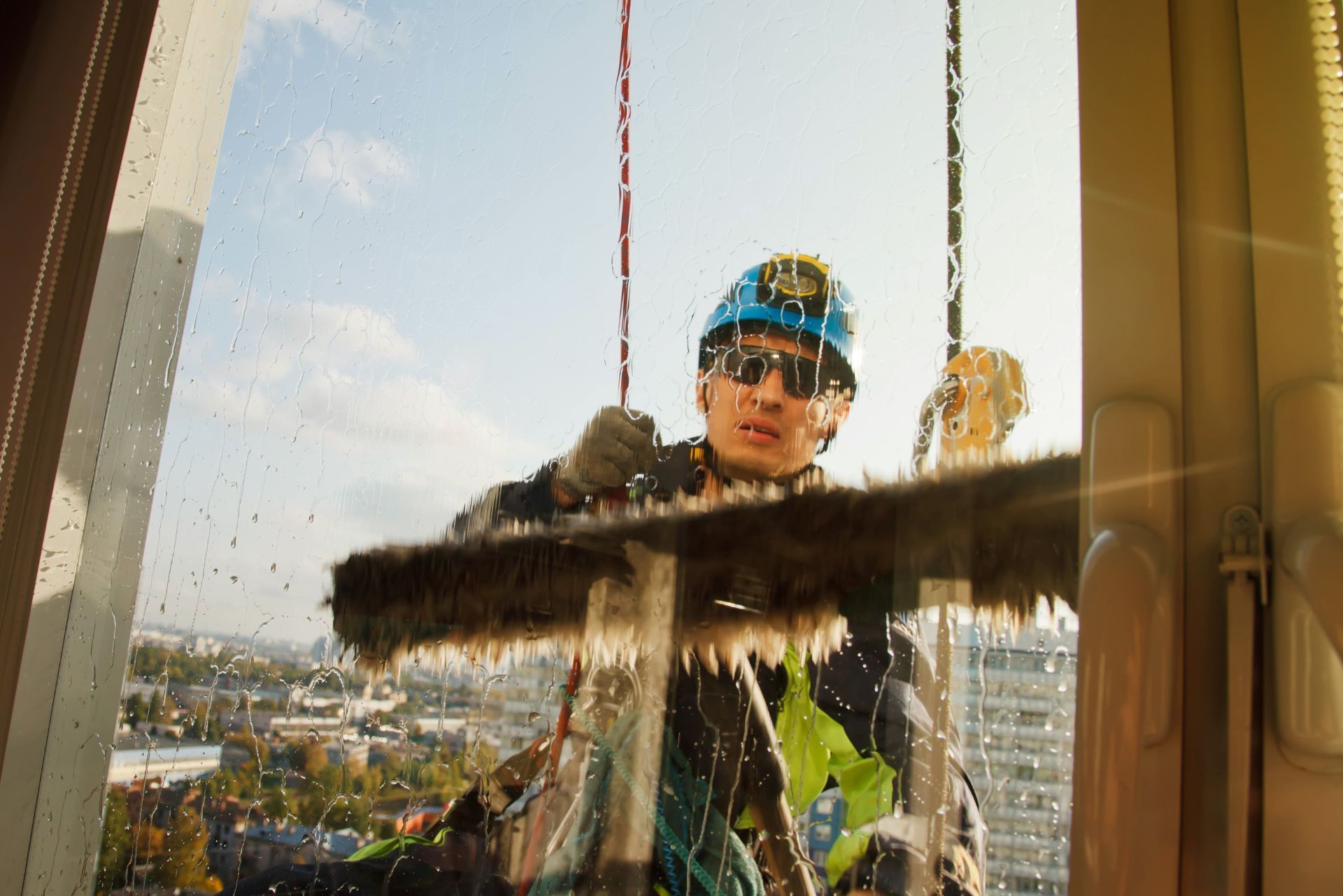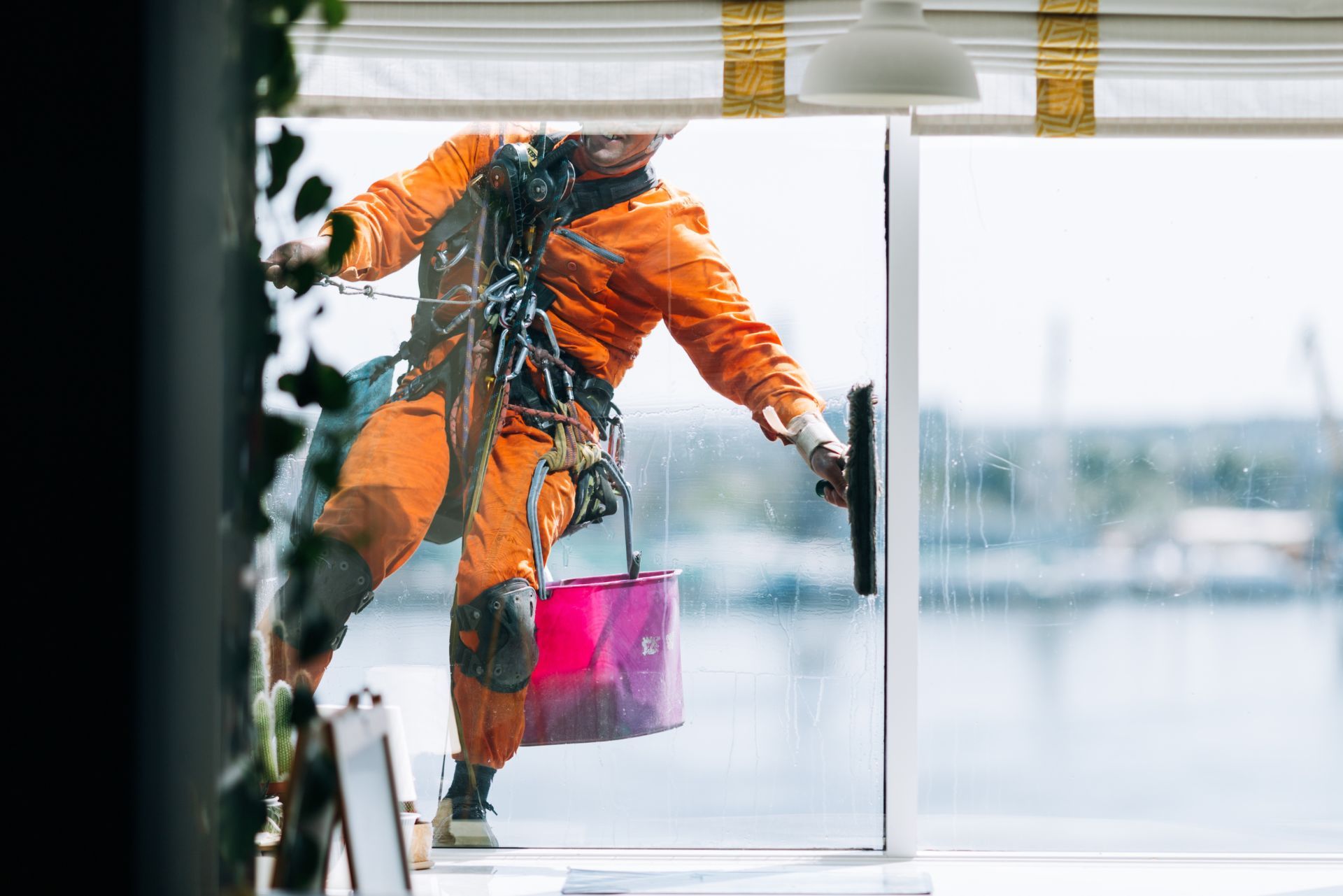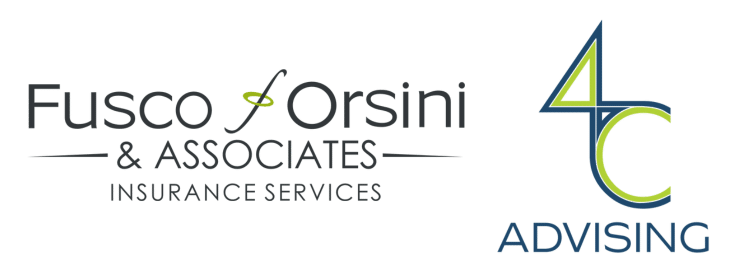Top 3 Recommended Policies

Window cleaning contractors in California face a unique set of challenges when it comes to insurance. The job involves working at heights, handling expensive equipment, and operating in environments where accidents can quickly escalate into costly claims. With recent changes in insurance rates and the ongoing risks posed by California’s wildfire-prone environment, understanding the right coverage and associated costs is more important than ever. This guide breaks down what window cleaning contractors need to know to protect their business effectively and affordably.
Why Window Cleaning Insurance Is Essential in California
Window cleaning is far from a low-risk profession. Falls from ladders, slips on wet surfaces, and accidental damage to clients’ property are daily hazards. These risks mean that standard business insurance policies often fall short of providing adequate protection. Specialized insurance coverage tailored to the window cleaning industry is critical. It safeguards contractors from liability claims, medical expenses, and property damage that could otherwise threaten the viability of their business.
California’s insurance market adds another layer of complexity. The state recently approved an average workers' compensation rate increase of 8.7% across all classification codes effective September 1st, 2025. This hike reflects the rising costs insurers face in covering workplace injuries, which directly impacts window cleaning contractors who rely heavily on workers' comp coverage to protect their crews. Moreover, the unique environmental factors in California—such as the prevalence of wildfires, earthquakes, and even the occasional heavy rain—can exacerbate these risks, making it imperative for window cleaning businesses to have robust insurance policies that account for these unpredictable conditions.
Given these factors, securing comprehensive insurance coverage is not just prudent; it’s essential for survival. For more insight on the risks window cleaners face,
experts highlight the high-risk nature of this profession and the need for specialized policies. Additionally, window cleaning contractors must stay informed about the latest safety regulations and best practices to minimize risks. Training programs that focus on ladder safety, proper use of cleaning equipment, and emergency response can significantly reduce the likelihood of accidents, further emphasizing the importance of a well-rounded approach to risk management that includes both insurance and safety training.
Core Insurance Coverages for Window Cleaning Contractors
Window cleaning contractors typically require several types of insurance to cover the full spectrum of risks. Here’s an overview of the most important policies:
General Liability Insurance
This coverage protects against claims of bodily injury or property damage caused by your business operations. For example, if a ladder falls and damages a client’s window or a passerby is injured on the job site, general liability insurance covers legal fees and settlements.
On average, general liability insurance costs about $60 per month for window cleaners. This cost can vary depending on the size of the business and the coverage limits chosen. Additionally, many clients may request proof of this insurance before hiring a contractor, making it not just a protective measure but also a competitive advantage in securing contracts.
Workers’ Compensation Insurance
Given the physical nature of window cleaning, workers’ compensation is crucial. It covers medical expenses and lost wages if an employee is injured on the job. The recent rate increase approved by California’s Insurance Commissioner means contractors should budget for higher premiums starting in late 2025. Furthermore, maintaining a robust workers’ compensation policy can enhance employee morale, as workers feel more secure knowing they are protected in case of an accident.
Commercial Auto Insurance
Many window cleaning businesses operate vehicles to transport equipment and crews. Commercial auto insurance covers accidents involving these vehicles, protecting both the business and its drivers. This type of insurance is particularly important for window cleaning contractors who travel frequently between job sites, as it not only covers liability but also damages to the vehicle itself, ensuring that transportation disruptions are minimized.
Equipment and Tools Coverage
Window cleaning requires specialized tools and equipment that can be costly to replace. Coverage for tools and equipment protects against theft, loss, or damage, ensuring that downtime is minimized and repairs don’t derail the business. This coverage is especially vital in urban areas where theft rates may be higher, and having a comprehensive policy can save contractors from significant financial strain in case of an unexpected loss.
Professional Liability Insurance
Also known as errors and omissions insurance, this coverage protects against claims related to negligence or failure to perform professional duties. For window cleaners, this might include damage caused by improper cleaning techniques or failure to meet contract specifications. In an industry where customer satisfaction is paramount, having this insurance can help maintain a good reputation and protect against potential lawsuits that could arise from dissatisfied clients.
Window cleaning contractors face unique risks from elevated work and property maintenance that require
specialized insurance coverage. This is why policies tailored to the industry are recommended over generic business insurance plans. More details on these unique risks can be found at
Contractor Nerd’s window cleaning insurance guide. Understanding these coverages not only safeguards your business but also instills confidence in your clients, assuring them that you are prepared for any eventuality that may arise during your work. As the industry evolves, staying informed about the latest insurance options and requirements will be crucial for long-term success and sustainability in the competitive market of window cleaning services.

How California’s Insurance Market Changes Affect Window Cleaners
The California insurance landscape has been shifting rapidly, especially for homeowners and contractors working in wildfire-prone areas. Wildfires have caused more than $70 billion in insured losses over the past decade, adjusted for inflation, according to Moody’s estimates. This has led to a significant strain on insurers operating in the state.
One major development is California’s Sustainable Insurance Strategy launched in December 2024. This initiative allows insurers to use advanced wildfire risk models and state-specific reinsurance costs when filing rates. The goal is to create a more resilient insurance market that better reflects actual risks.
For window cleaning contractors, these changes mean two things. First, insurance premiums may rise as insurers adjust to the increased wildfire risk and associated costs. Second, there may be more options for coverage that accurately price wildfire exposure, especially for businesses operating near vulnerable areas.
However, the state’s single-family housing market still faces a private-insurance coverage gap estimated between $800 billion and $1.3 trillion just for wildfire risks. This gap highlights the ongoing challenges insurers face in California and underscores the importance of carefully selecting insurance policies that address both common and catastrophic risks.
Moreover, window cleaning businesses must also consider the impact of these insurance changes on their operational costs. As premiums rise, contractors may find themselves needing to adjust their pricing structures to maintain profitability. This could lead to higher rates for consumers, which may affect demand for window cleaning services, especially in regions where homeowners are already grappling with increased living costs due to inflation and other economic pressures. Additionally, contractors might need to invest in training and resources to implement safety measures that minimize risk exposure, which could further strain their budgets.
Furthermore, as the insurance market evolves, window cleaning contractors may find themselves navigating a more complex landscape of compliance and risk management. Insurers are likely to require more stringent safety protocols and documentation to qualify for coverage, pushing contractors to adopt best practices that not only protect their businesses but also enhance customer trust. This shift could ultimately lead to a more professional industry standard, where businesses that prioritize safety and risk mitigation stand out in a competitive market.
Learn more about California’s evolving homeowners insurance market and wildfire risk at McKinsey’s detailed analysis.
Estimating Insurance Costs for Window Cleaning Contractors in California
Insurance costs vary widely depending on factors such as business size, location, number of employees, and coverage limits. Here’s a rough breakdown of typical monthly premiums for a small to mid-sized window cleaning business in California:
| Insurance Type | Estimated Monthly Cost | Coverage Highlights |
|---|---|---|
| General Liability | $60 | Protects against third-party injury and property damage claims |
| Workers’ Compensation | $150 - $300 | Covers employee injuries; affected by recent 8.7% rate increase |
| Commercial Auto | $100 - $200 | For business vehicles and drivers |
| Equipment Coverage | $30 - $50 | Protects tools and equipment from theft or damage |
| Professional Liability | $40 - $70 | Covers claims of negligence or errors |
These estimates reflect typical costs but can fluctuate based on claims history, business practices, and insurer underwriting. The recent workers’ compensation rate hike, approved by California’s Insurance Commissioner Lara, will push premiums higher starting September 2025, so budgeting accordingly is wise.
In addition to the basic insurance types listed above, window cleaning contractors may also want to consider additional coverages that can further protect their business. For instance, Environmental Liability Insurance could be crucial for contractors who use chemicals in their cleaning solutions, as it covers potential claims related to pollution or environmental damage. Furthermore, Business Interruption Insurance can provide financial support in the event of unforeseen circumstances that halt operations, such as natural disasters or significant equipment failures. These additional coverages can be particularly valuable in California, where wildfires and earthquakes pose unique risks.
Moreover, understanding the specific needs of your business can help tailor your insurance policy effectively. Engaging with an insurance broker who specializes in contractor insurance can provide insights into the best coverage options available. They can assess your unique risks and help you navigate the complexities of insurance policies, ensuring you are adequately covered without overpaying. This proactive approach not only safeguards your business but can also foster client trust, as having comprehensive insurance demonstrates professionalism and reliability in your services.

Managing Risks to Lower Insurance Costs
Insurance premiums are closely tied to risk. The safer and more professional a window cleaning business operates, the better its chances of securing favorable rates. Here are some practical steps contractors can take:
- Implement strict safety protocols. Use proper ladder safety techniques, provide employee training, and enforce the use of personal protective equipment.
- Maintain equipment regularly. Well-maintained tools and vehicles reduce the risk of accidents and claims.
- Document all safety measures. Keeping detailed records can help in claims disputes and demonstrate to insurers a commitment to risk management.
- Choose coverage limits wisely. Avoid underinsuring, which can leave gaps, but also avoid excessive coverage that inflates premiums unnecessarily.
By focusing on these areas, window cleaning contractors can not only protect their workers and clients but also improve their insurance profile, potentially reducing costs over time. Additionally, fostering a culture of safety within the organization can lead to a more engaged workforce. Employees who feel that their safety is prioritized are often more productive and take greater care in their work, which can further mitigate risks. Regular safety meetings and open discussions about potential hazards can empower workers to voice concerns and suggest improvements, creating a proactive approach to risk management.
Moreover, investing in technology can also play a significant role in reducing risks. For instance, utilizing drones for high-rise window cleaning can minimize the need for workers to operate at dangerous heights, thereby decreasing the likelihood of accidents. Similarly, adopting software solutions for scheduling and job tracking can enhance operational efficiency and ensure that all safety protocols are followed consistently. By embracing these innovations, window cleaning businesses not only enhance their safety measures but also position themselves as forward-thinking companies in a competitive market.
What to Look for When Choosing an Insurance Provider
Not all insurance providers offer the same level of expertise or coverage options for window cleaning contractors. Here are some factors to consider:
- Industry experience. Providers familiar with the unique risks of window cleaning can tailor policies more effectively.
- Claims handling reputation. Quick and fair claims processing is critical when accidents happen.
- Flexible coverage options. Look for policies that allow customization to match specific business needs.
- Competitive pricing. Compare quotes but weigh cost against coverage quality and insurer reliability.
Working with an insurance broker who understands the window cleaning industry can simplify this process and ensure the best fit.
Frequently Asked Questions
Q: Is workers’ compensation insurance mandatory for window cleaning contractors in California?
A: Yes. California law requires businesses with employees to carry workers’ compensation insurance to cover workplace injuries.
Q: How can I reduce my general liability insurance premiums?
A: Improving safety protocols, maintaining a clean claims history, and choosing appropriate coverage limits can help lower premiums.
Q: Does homeowners insurance cover window cleaning accidents?
A: No. Homeowners insurance typically excludes business-related liabilities. Contractors need separate business insurance.
Q: Are there insurance options that cover wildfire-related damages to equipment or vehicles?
A: Yes. Some commercial property and auto policies offer coverage for wildfire damage, especially in California’s high-risk areas.
Q: Can I bundle different insurance policies to save money?
A: Many insurers offer package policies or discounts for bundling general liability, workers’ comp, and commercial auto insurance.
Q: How often should I review my insurance coverage?
A: At least annually or after any significant business changes, such as adding employees or new equipment.
Before You Go
Window cleaning contractors in California operate in a challenging environment, both physically and financially. With the state’s recent workers’ compensation rate increase and the ongoing wildfire risks affecting insurance markets, staying informed about coverage options and costs is vital. Prioritize specialized insurance policies that address your unique risks, and work with knowledgeable providers to keep your business protected without overpaying.
For a deeper dive into California’s insurance market dynamics and wildfire challenges, explore
this analysis of homeowners insurance losses and market collapse. It offers valuable context for understanding the broader insurance environment contractors face today.
Contact Us
Phone
Location




